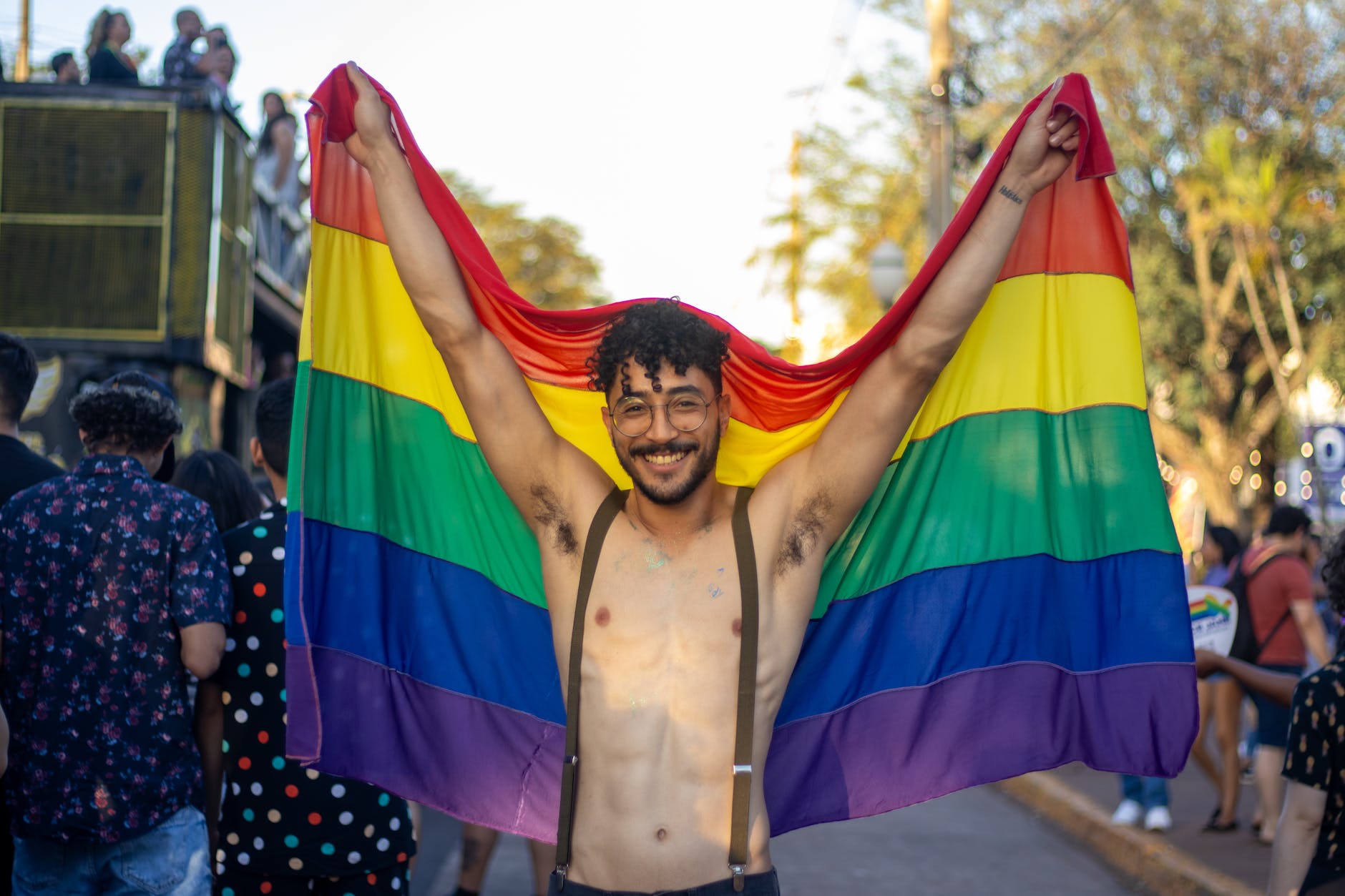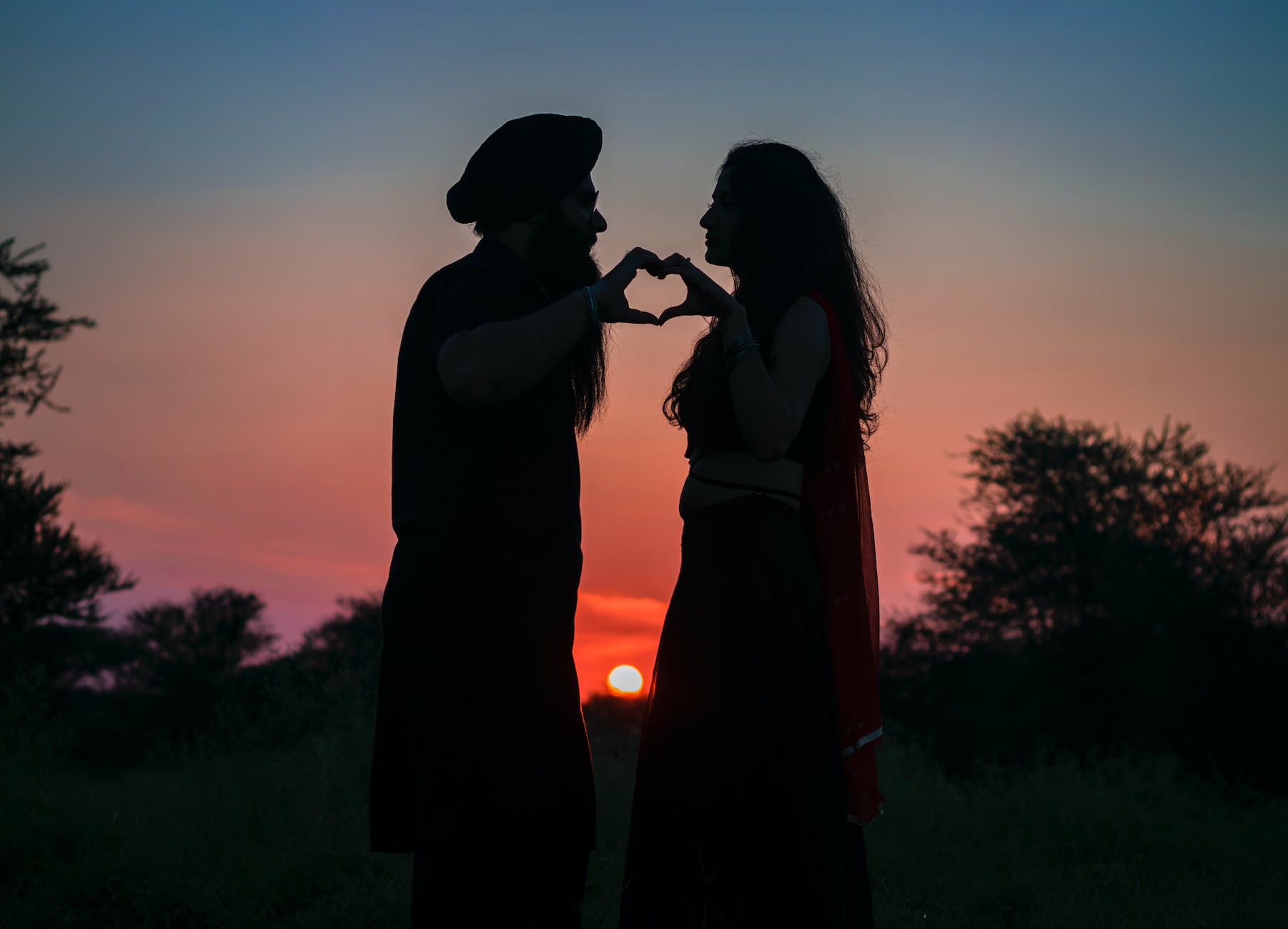Table of Contents
The first Pride Month was in June 1970, commemorating the one-year anniversary of the Stonewall riots, which were a series of protests by members of the LGBTQ+ community in response to a police raid on the Stonewall Inn in New York City. The first one was widely regarded as a turning point in the LGBTQ+ rights movement in the United States and around the world. The main goal of Pride Month is to promote awareness, increase visibility, and foster inclusivity and acceptance of the LGBTQ+ community.
What were the Stonewall Riot?
The Stonewall Riots were a series of spontaneous demonstrations and protests that took place in the early morning of June 28, 1969, at the Stonewall Inn, a popular gay bar located in Greenwich Village in New York City. At the time, police raids on gay bars were common, but on this occasion, the patrons of the Stonewall Inn decided to fight back, leading to several nights of protests and clashes with the police. The Stonewall Riots are widely regarded as a turning point in the LGBTQ+ rights movement in the United States and around the world.
Where in the world is Pride Month Celebrated?

Pride Month is celebrated in many countries around the world, including the United States, Canada, Australia, the United Kingdom, Spain, Brazil, and many others. The specific events and activities that take place during Pride Month may vary by location, but they often involve parades, marches, rallies, and other public celebrations of the LGBTQ+ community and its achievements. Pride Month is typically held in June, although some countries may hold their celebrations at other times of the year.
Pride Month is an annual observance that celebrates and recognizes the LGBTQ+ community’s history, culture, and contributions. It is recognized in many countries around the world and typically takes place in June. The month-long celebration includes a variety of events, including parades, marches, rallies, and other public celebrations of the LGBTQ+ community and its achievements.
Pride Month has its roots in political and social activism, as it commemorates the Stonewall Riots, which were triggered by police brutality and discrimination against the LGBTQ+ community. However, today, Pride Month is celebrated as a cultural celebration and a way to promote awareness, increase visibility, and foster inclusivity and acceptance of the LGBTQ+ community. It is an opportunity for LGBTQ+ individuals and allies to come together, celebrate diversity, and advocate for equal rights and social justice. So, while Pride Month has political roots, it has become an important cultural event and celebration.
Do all LGBTQ+ People take part in Pride
Not all gay people celebrate Pride Month, as it is a personal choice. While the events and activities that take place during Pride Month may vary by location, they often involve parades, marches,Not all gay people celebrate Pride month. While Pride is a celebration of the LGBTQ+ community and its history, culture, and contributions, everyone has their own reasons for participating or not participating in it. Some people may choose not to participate because of personal beliefs, experiences, or preferences, while others may not have access to events or activities due to logistical, financial, or geographic barriers. Nevertheless, Pride remains an important cultural event and celebration for many LGBTQ+ individuals and allies who come together to celebrate diversity and advocate for equal rights and social justice.
Do you have to be LGBTQ+ to take part in Pride?
No, you do not have to be gay to take part in Pride Month. Pride Month is a celebration of the LGBTQ+ community and its history, culture, and contributions. It is a time for LGBTQ+ individuals, allies, and supporters to come together, show solidarity, and advocate for equality and acceptance. People from all walks of life are welcome to participate in Pride Month, regardless of their sexual orientation or gender identity. It is a chance for everyone to celebrate diversity and promote inclusivity and love for all.
Check out our LGBTQ+ Pride Rainbow range



